ReVærk Arkitektur promotes nature and learning at Danish countryside school
‘House of Nature' by ReVærk Arkitektur is designed to promote forests and outdoor learning at a Danish countryside school
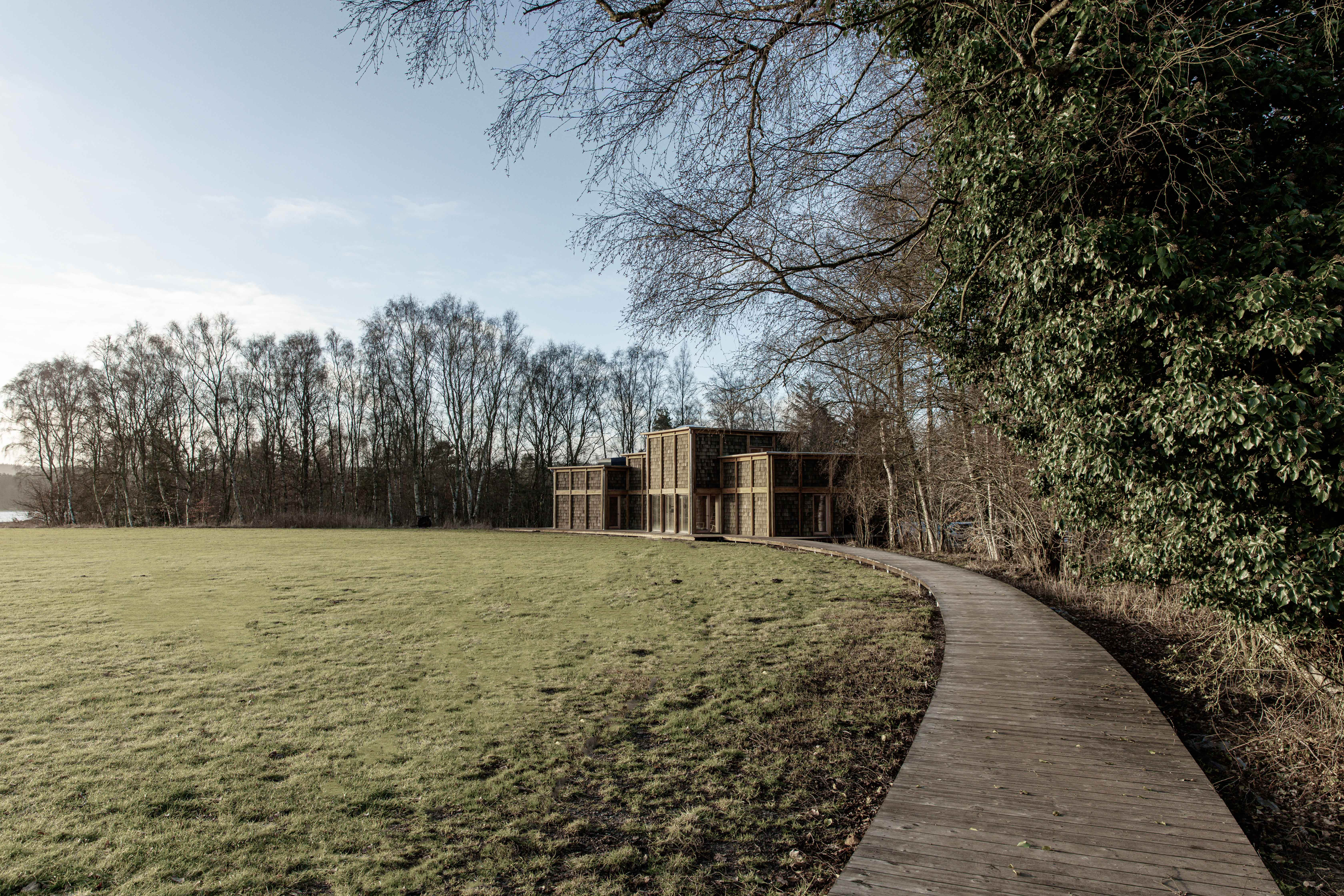
Designed by ReVærk Arkitektur in order to promote nature and learning about outdoor life, this sustainable architecture project is part of the Silkeborg folk high school in the Danish countryside. House of Nature, as the project is called, was conceived as both a venue and a medium to teach environmental values. It is suitably located between open fields and a forest, and is entirely made out of wood.
The aim was to create a structure that is fit for purpose within an education setting, but also uses a material that minimises the ‘life cycle carbon footprint of the building', explain the architects. As a result, the team used timber for everything – from interiors to exteriors, as well as insulation and construction. They even used screw pile foundation techniques in order to eliminate the need for concrete on site. This way the project can leave the natural site untouched if ever it needs to be dismantled.
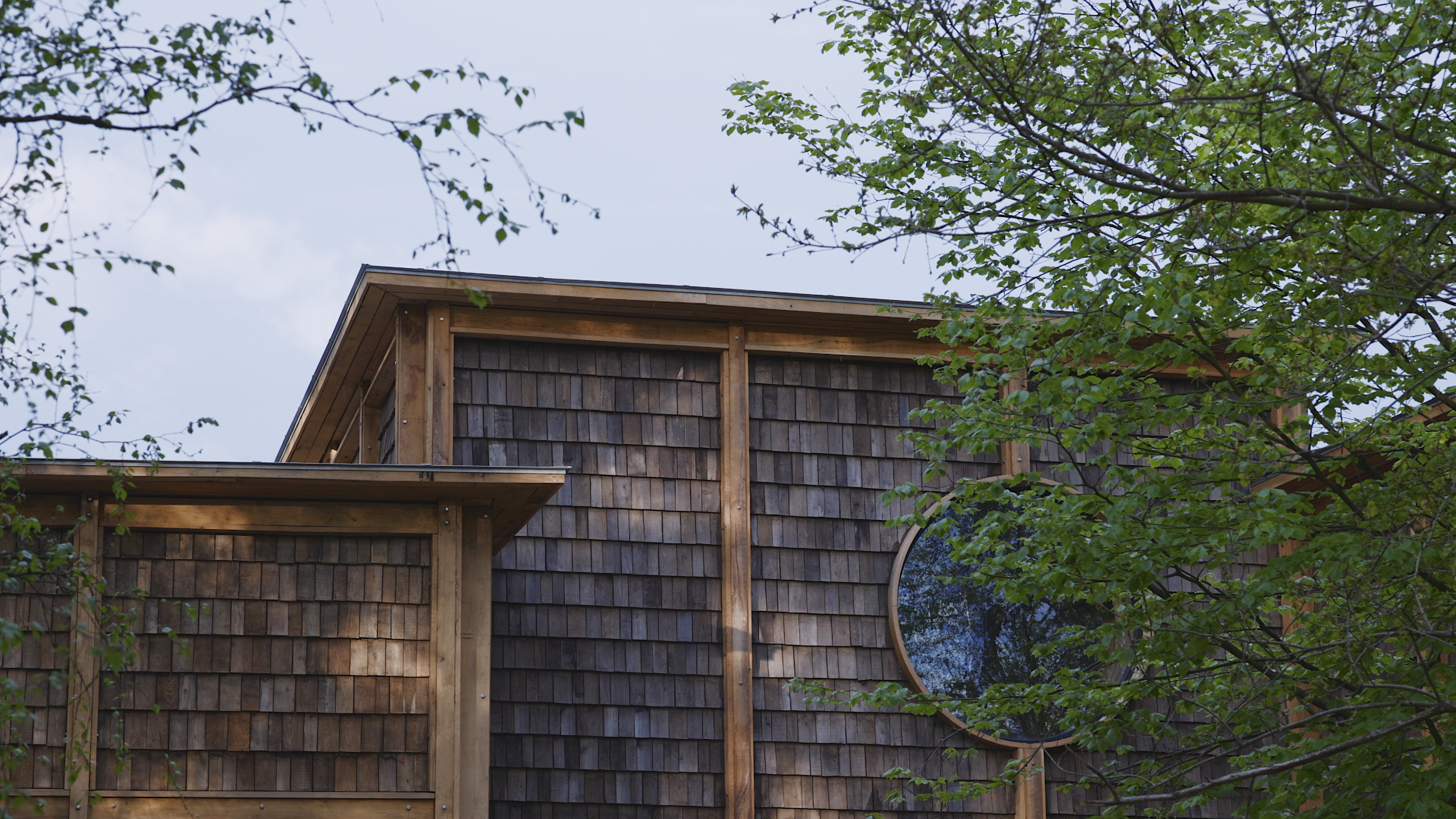
Designed as a composition of four volumes, interconnected internally but visually distinct, to provide different classrooms and facilities, House of Nature fans out in plan. The arrangement can be accessed by a purpose-built decked footpath over the fields. This approach breaks down the overall volume, and so, in combination with the building’s timber skin, helps it blend effortlessly with its wooded surroundings.
The structure's distinct cladding – made of shingles of acacia wood framed by an exoskeleton of oak – defines the House of Nature's identity and will allow it to weather beautifully over time. Meanwhile, inside, the visible Douglas fir construction and Douglas plank cladding ensure users remain connected to the trees throughout. At the same time, the forest and surrounding park are framed by large openings. A slim, steel staircase connects the interior's two levels.
Every little detail was carefully considered to fit the overall theme and character of the building, as the architects explain: ‘Light fixtures as well as switches and power plugs are all handpicked to complement the rustic nature of the building and to contrast with the soft colours of the wood.' Nature and learning come together seamlessly in this powerful Danish design.
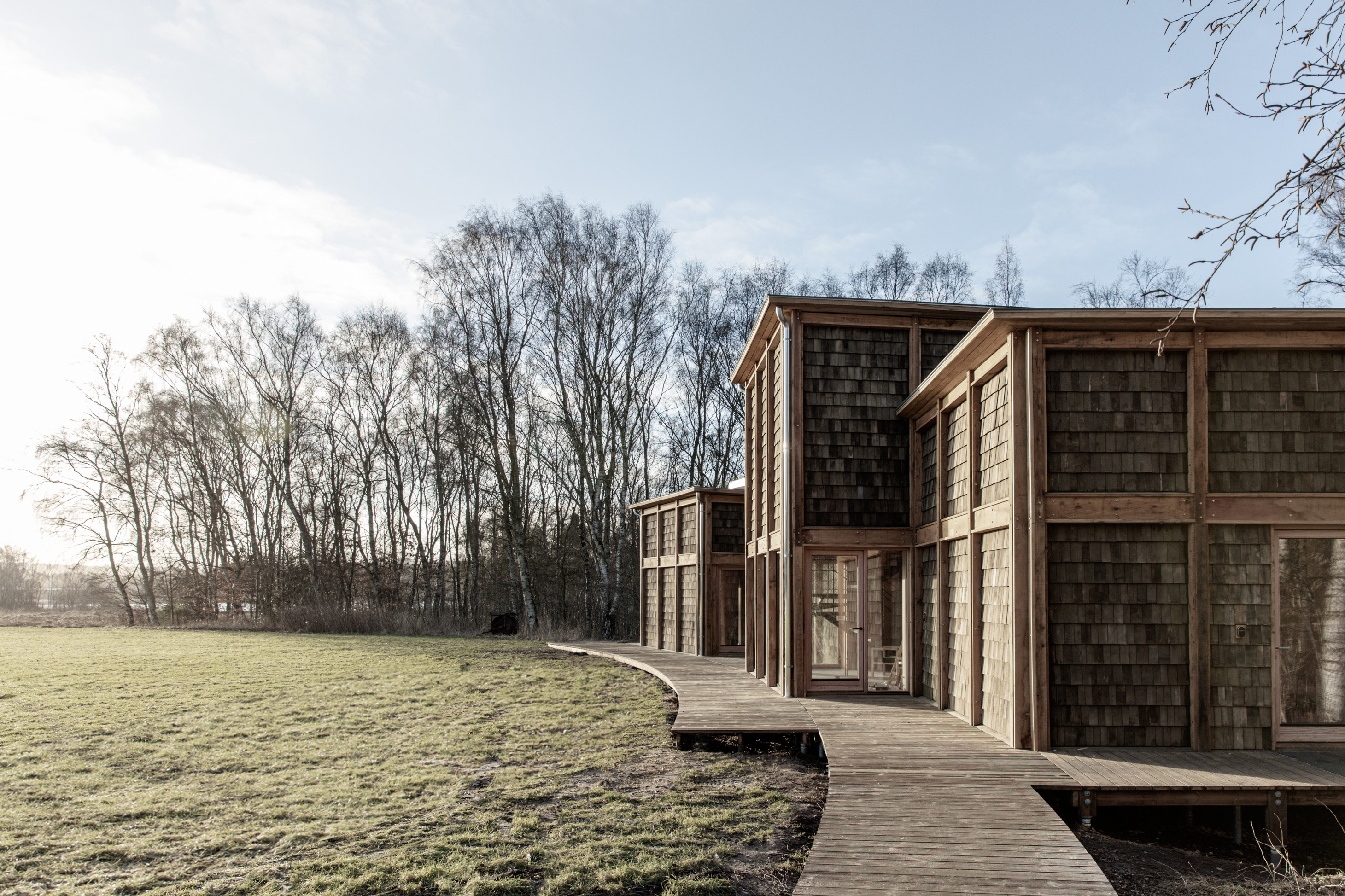
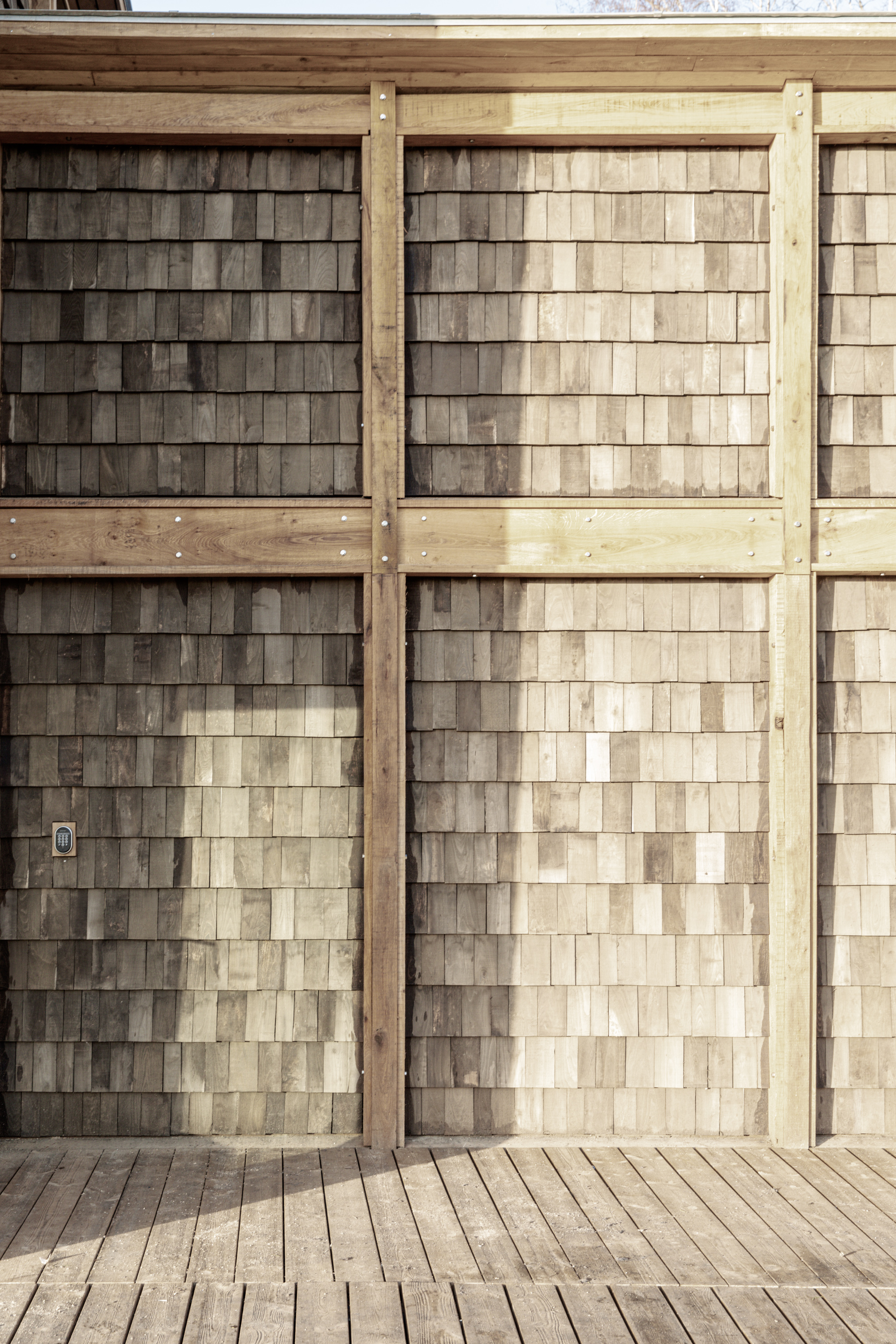
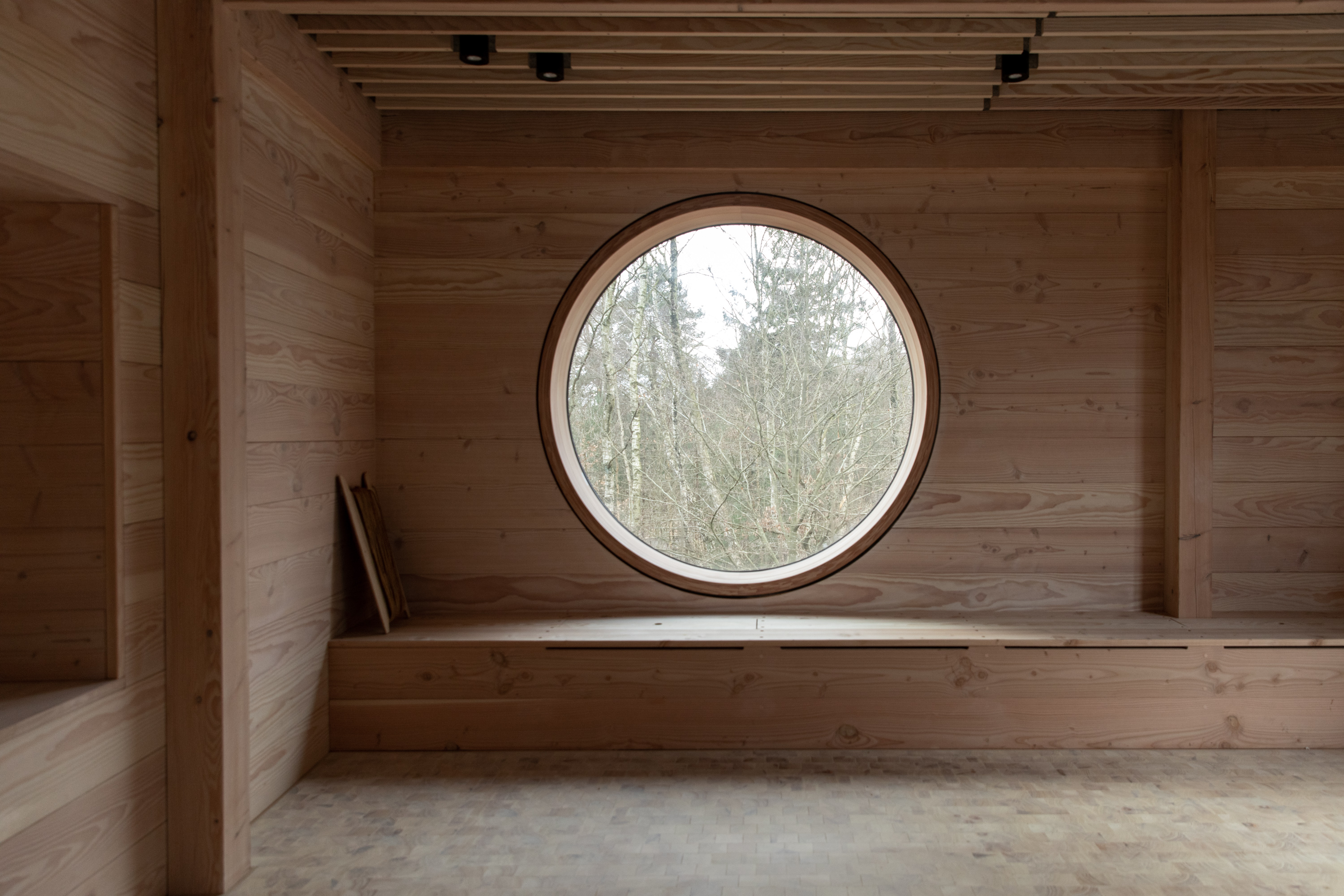
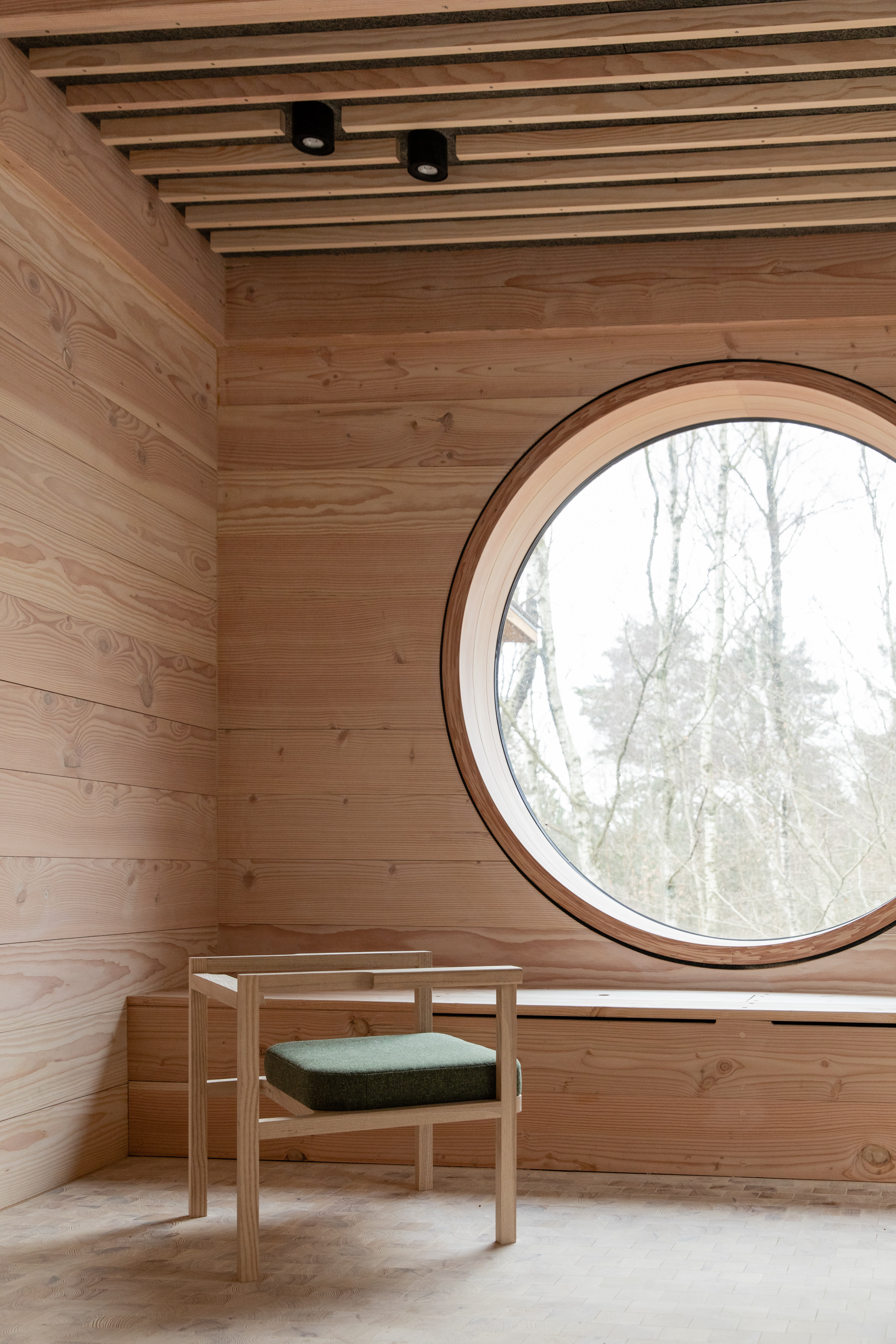

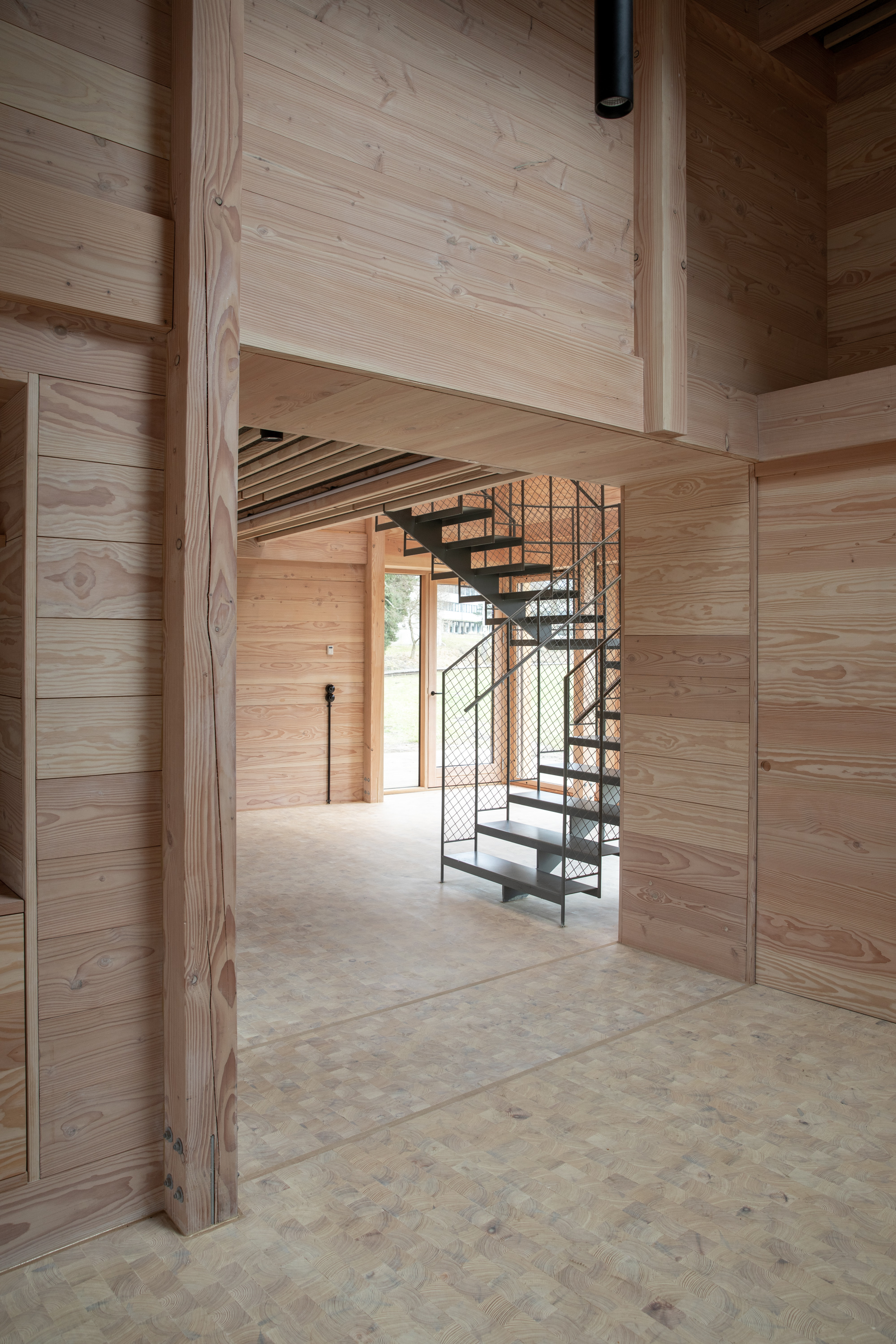
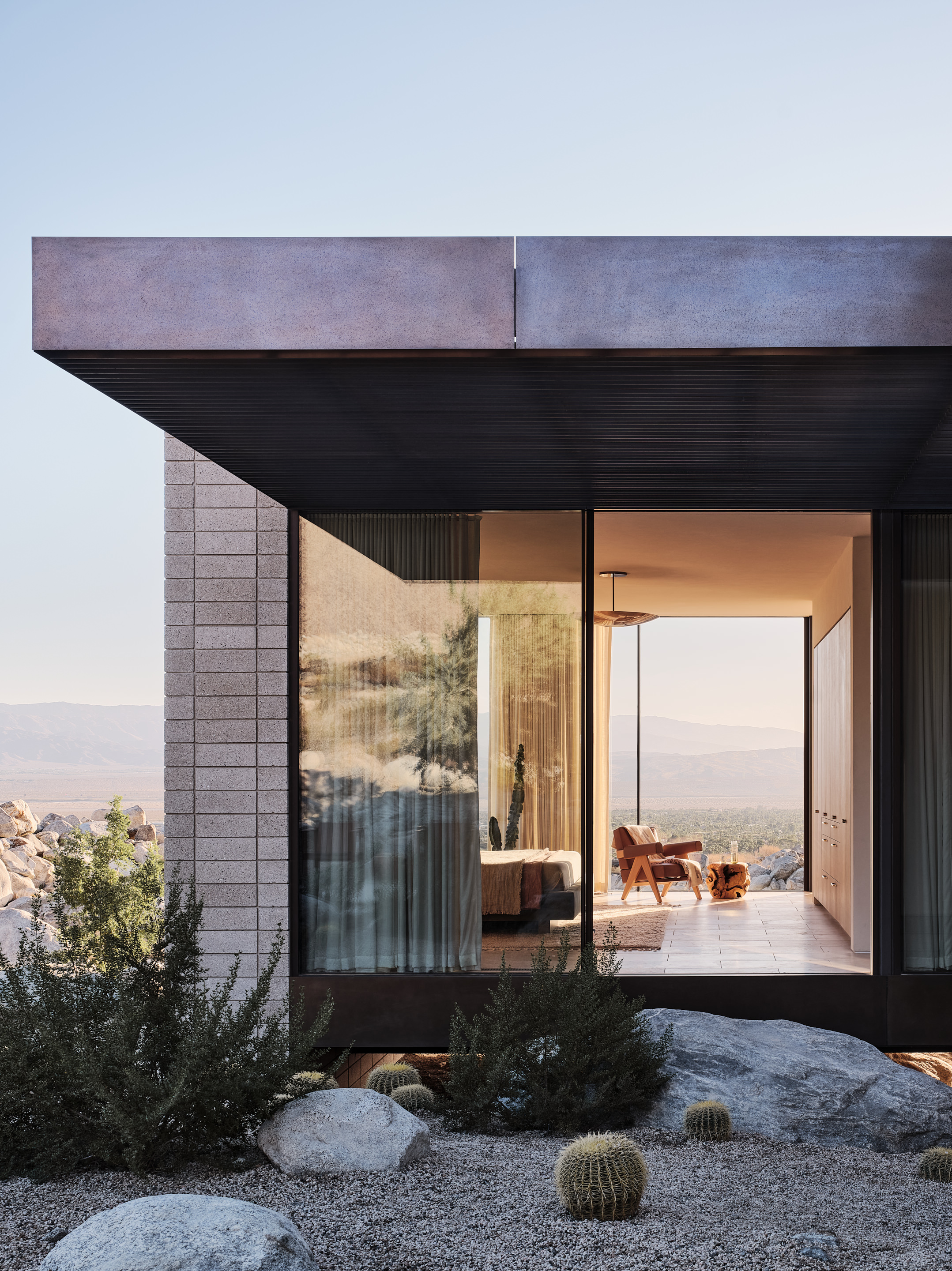
INFORMATION
Receive our daily digest of inspiration, escapism and design stories from around the world direct to your inbox.
Ellie Stathaki is the Architecture & Environment Director at Wallpaper*. She trained as an architect at the Aristotle University of Thessaloniki in Greece and studied architectural history at the Bartlett in London. Now an established journalist, she has been a member of the Wallpaper* team since 2006, visiting buildings across the globe and interviewing leading architects such as Tadao Ando and Rem Koolhaas. Ellie has also taken part in judging panels, moderated events, curated shows and contributed in books, such as The Contemporary House (Thames & Hudson, 2018), Glenn Sestig Architecture Diary (2020) and House London (2022).
-
 Terrified to get inked? This inviting Brooklyn tattoo parlour is for people who are 'a little bit nervous'
Terrified to get inked? This inviting Brooklyn tattoo parlour is for people who are 'a little bit nervous'With minty-green walls and an option to 'call mom', Tiny Zaps' Williamsburg location was designed to tame jitters
-
 Let’s hear it for the Chopard L.U.C Grand Strike chiming watch
Let’s hear it for the Chopard L.U.C Grand Strike chiming watchThe Swiss watchmaker’s most complicated timepiece to date features an innovative approach to producing a crystal-clear sound
-
 Form... and flavour? The best design-led restaurant debuts of 2025
Form... and flavour? The best design-led restaurant debuts of 2025A Wallpaper* edit of the restaurant interiors that shaped how we ate, gathered and lingered this year
-
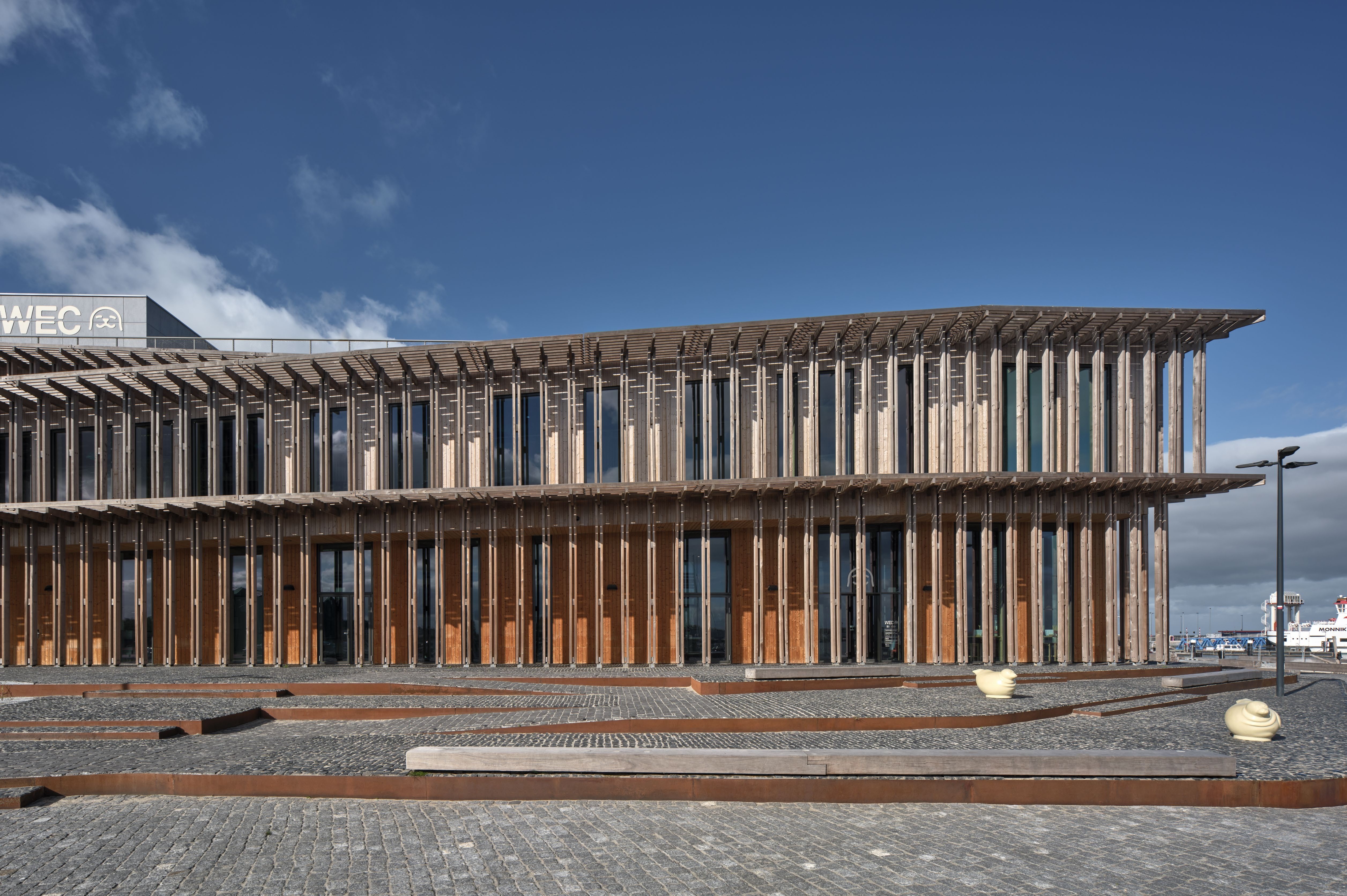 A Dutch visitor centre echoes the ‘rising and turning’ of the Wadden Sea
A Dutch visitor centre echoes the ‘rising and turning’ of the Wadden SeaThe second instalment in Dorte Mandrup’s Wadden Sea trilogy, this visitor centre and scientific hub draws inspiration from the endless cycle of the tide
-
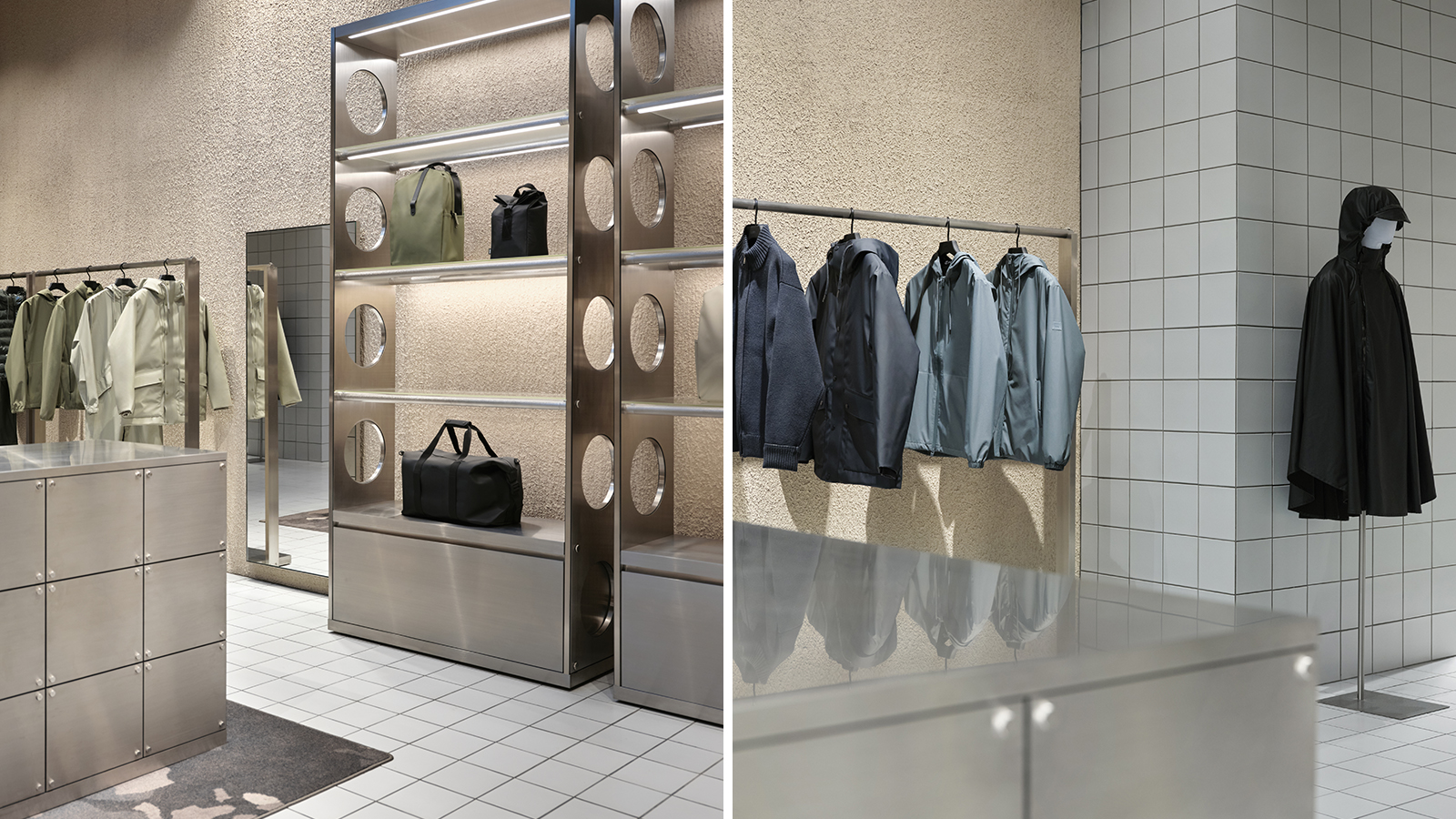 Rains Amsterdam is slick and cocooning – a ‘store of the future’
Rains Amsterdam is slick and cocooning – a ‘store of the future’Danish lifestyle brand Rains opens its first Amsterdam flagship, marking its refined approach with a fresh flagship interior designed by Stamuli
-
 Three lesser-known Danish modernist houses track the country’s 20th-century architecture
Three lesser-known Danish modernist houses track the country’s 20th-century architectureWe visit three Danish modernist houses with writer, curator and architecture historian Adam Štěch, a delve into lower-profile examples of the country’s rich 20th-century legacy
-
 Is slowing down the answer to our ecological challenges? Copenhagen Architecture Biennial 2025 thinks so
Is slowing down the answer to our ecological challenges? Copenhagen Architecture Biennial 2025 thinks soCopenhagen’s inaugural Architecture Biennial, themed 'Slow Down', is open to visitors, discussing the world's ‘Great Acceleration’
-
 This cathedral-like health centre in Copenhagen aims to boost wellbeing, empowering its users
This cathedral-like health centre in Copenhagen aims to boost wellbeing, empowering its usersDanish studio Dorte Mandrup's new Centre for Health in Copenhagen is a new phase in the evolution of Dem Gamles By, a historic care-focused district
-
 This tiny church in Denmark is a fresh take on sacred space
This tiny church in Denmark is a fresh take on sacred spaceTiny Church Tolvkanten by Julius Nielsen and Dinesen unifies tradition with modernity in its raw and simple design, demonstrating how the church can remain relevant today
-
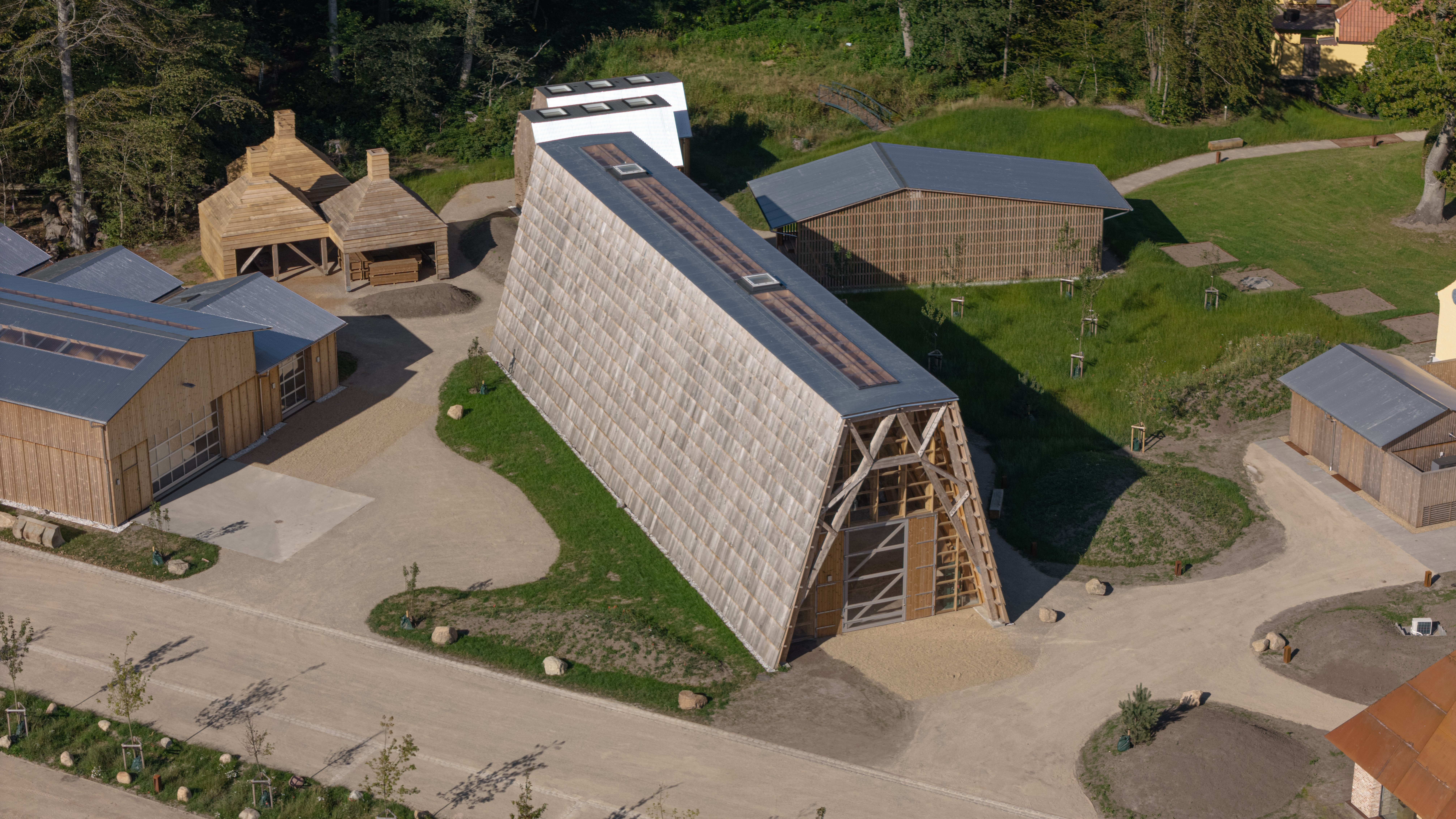 ‘Stone, timber, silence, wind’: welcome to SMK Thy, the National Gallery of Denmark expansion
‘Stone, timber, silence, wind’: welcome to SMK Thy, the National Gallery of Denmark expansionA new branch of SMK, the National Gallery of Denmark, opens in a tiny hamlet in the northern part of Jutland; welcome to architecture studio Reiulf Ramstad's masterful redesign of a neglected complex of agricultural buildings into a world-class – and beautifully local – art hub
-
 Discover Bjarke Ingels, a modern starchitect of 'pragmatic utopian architecture'
Discover Bjarke Ingels, a modern starchitect of 'pragmatic utopian architecture'Discover the work of Bjarke Ingels, a modern-day icon and 'the embodiment of the second generation of global starchitects' – this is our ultimate guide to his work